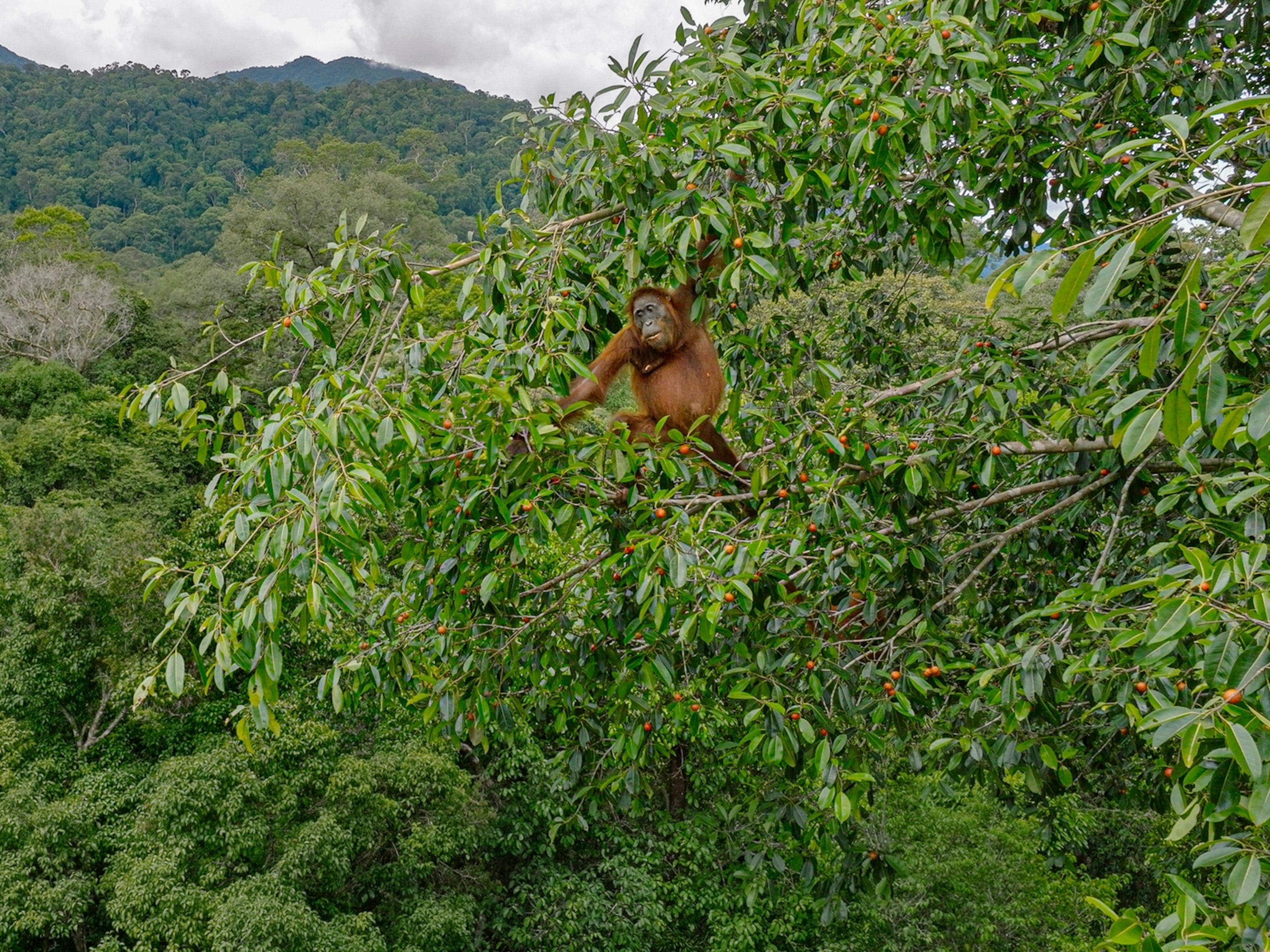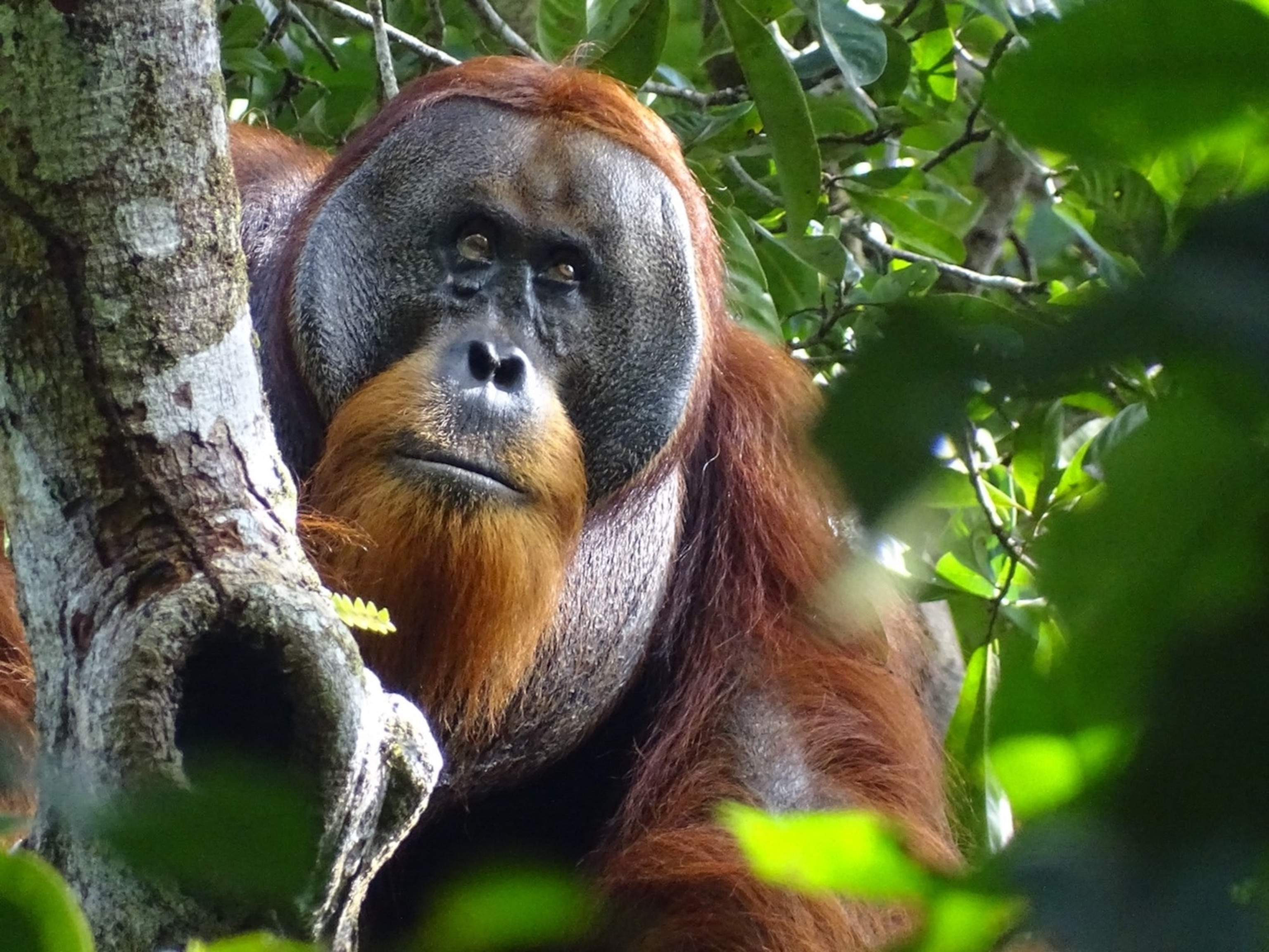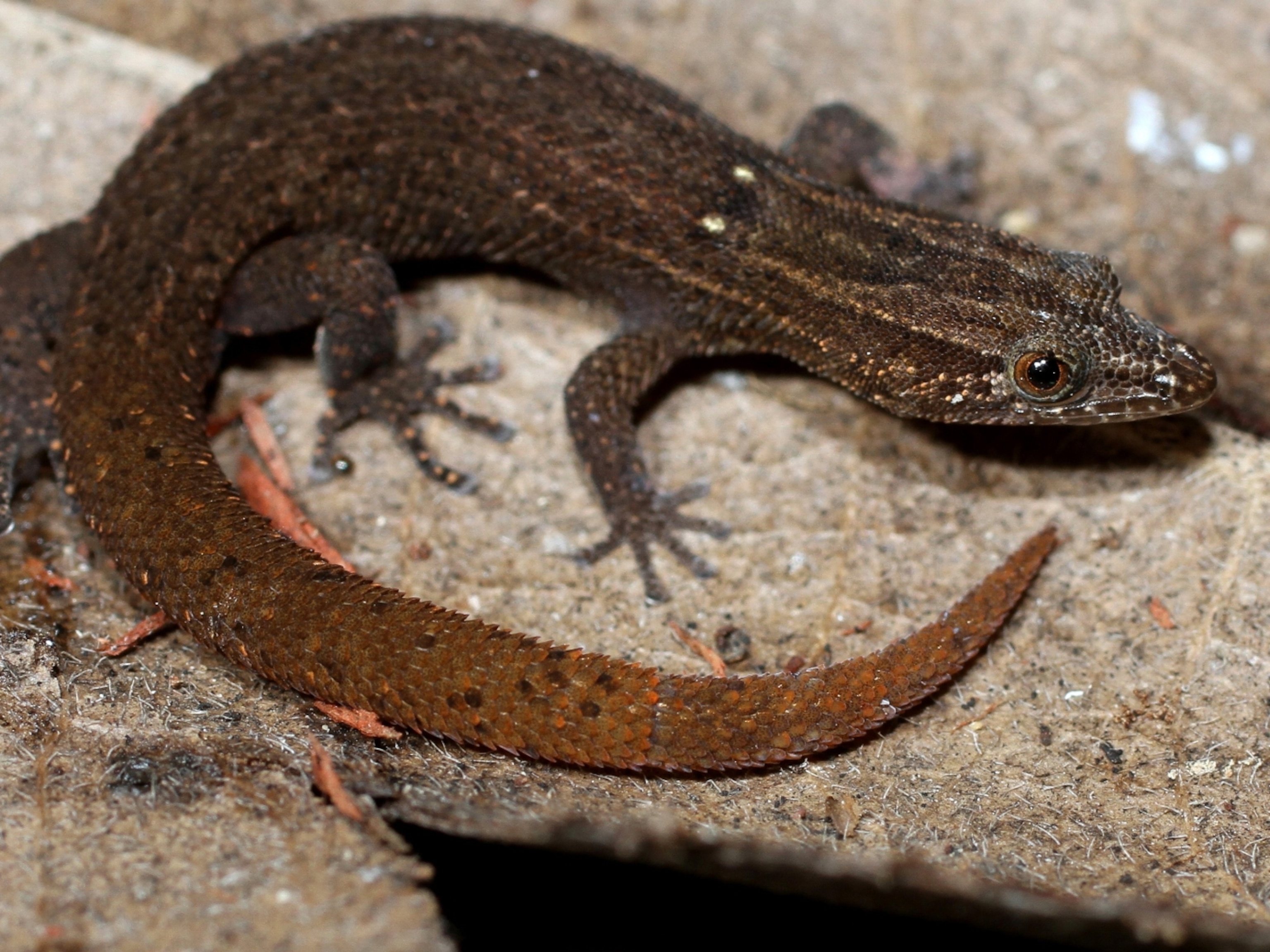Nearly 150,000 Bornean Orangutans Lost Since 1999, Cutting Population By Half
More than 40,000 more could be lost in the next 35 years.
Earlier this month, an orangutan was found brutally shot to death in Borneo. In January, one was found decapitated and floating in a river. In 2017, oil plantation workers were accused of killing and eating one of the island's orangutans.
These stories are examples of small, incremental intentional killings of the island's endangered species. But according to a new study, published in the journal Cell Biology, such losses are adding up—contributing to the overall, long-term decline of a fragile species.
The comprehensive study pulled from data collected by 38 different research organizations. When Maria Voigt, the study's lead co-author and a researcher from the Max Planck Institute for Evolutionary Anthropology and the German Center for Integrative Biodiversity Research, crunched the numbers, she found just under 150,000 Borneo orangutans were lost between 1999 and 2015—roughly half the population.
While many experienced habitat loss, the study found the primates were disappearing largely from forested areas, leading the research team to conclude hunting, or intentional killing, was driving a previously underestimated portion of the population decline.
Tracking Nests
To reach this conclusion, Voigt and her co-author Serge Wich from the Liverpool John Moores University in the U.K. first had to estimate where and how densely packed orangutan populations were in Borneo. They did this by compiling field surveys that tracked orangutan nests. They found 36,555 had been observed over a 16-year period.
But over that period, half of the orangutans were found to have disappeared throughout their range. Some (around nine percent) of the orangutans were lost in regions where land was completely cleared. But a large majority disappeared from forested regions, surprising the scientists.
In their field studies, the team also found no evidence of lethal diseases, like Ebola, that kill great apes in Africa. They then looked at findings from a large interview study that reported orangutan kills across Borneo, as well as local anecdotes. "We put one and one together," says Voigt.
Future Losses
By modeling future habitat loss—largely driven by expansion of palm oil and paper plantations and other agricultural activities—Voigt and Wich estimated 45,000 orangutans could be lost in the next 35 years. With killing and hunting factored in, Wich says this outcome would be even more bleak.
"We will send the population into decline," he says.
Part of the risk is the fact that orangutans reproduce at slow rates. They typically have only one baby every six or seven years.
In Borneo, only 38 of the 64 total population groups have more than 100 individuals. This means only 38 groups are self-sustaining. The remaining 26 stand to decline or disappear entirely because of a lack of genetic diversity.
Making Killing Taboo
Both Wich and Voigt stress that their study reflects the potential for future decline according to a business as usual approach to land management. But both the Indonesian and Malaysia governments (which control Borneo) are crafting conservation plans that set aside more protected land for orangutans.
"Ten percent of [Borneo] villages are in orangutan range. They may kill no more than three to four animals per 100 each year, but this is enough for the population to decrease," says Voigt.
There are a number of reasons orangutans might be intentionally killed, added Wich. He's worked in the region for 25 years and says it ranges. In regions where it's not taboo, some orangutans are killed for food. More commonly, farmers kill the primates to prevent them from eating crops, or they might be killed in self-defense.
"We have to somehow make it not cool to kill an orangutan," says Wich. In addition to conservation dollars that set aside land or fund reintroduction of captive individuals, Wich says more money needs to be spent on information campaigns.
"Sometimes people kill orangutans because they're fearful. We have to convey that they're not dangerous. The chances they'll attack are very small," he says.
Unabated, he adds that the continued intentional killing of this critically endangered species will only push them closer to extinction.





